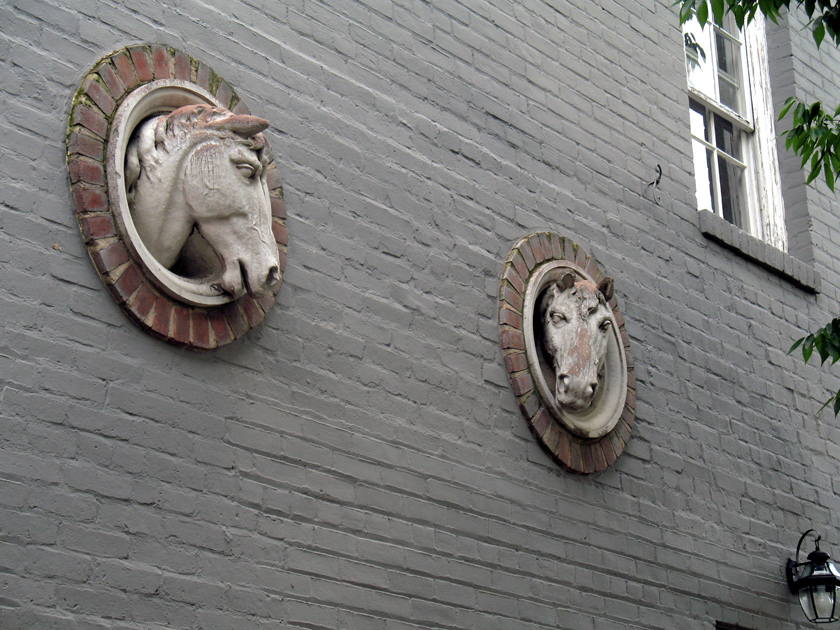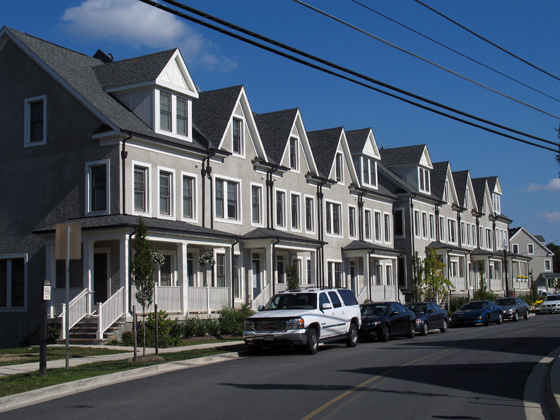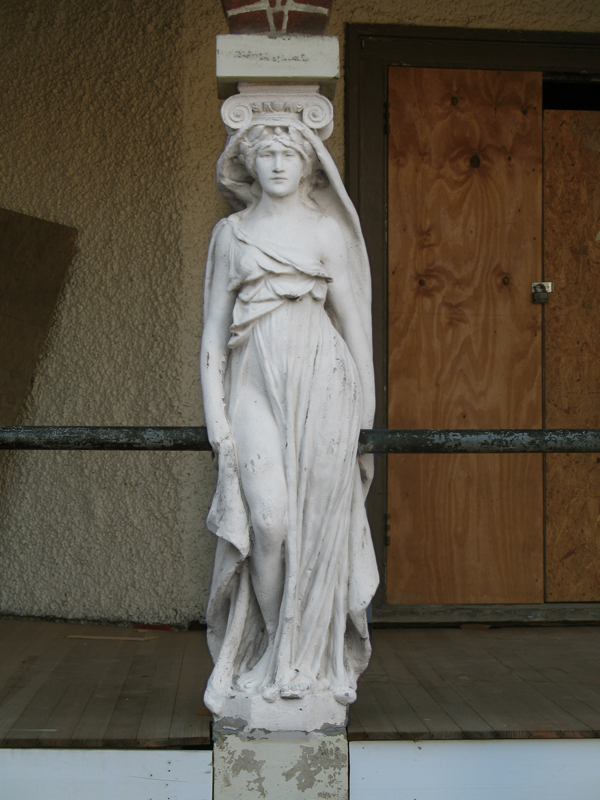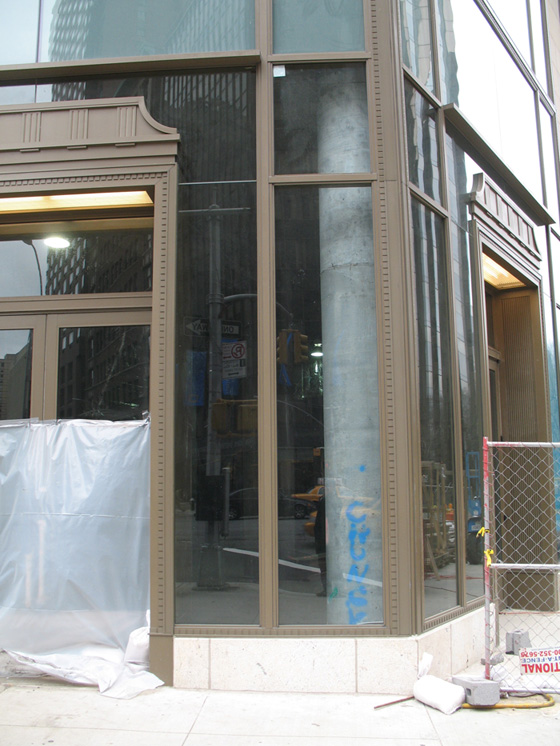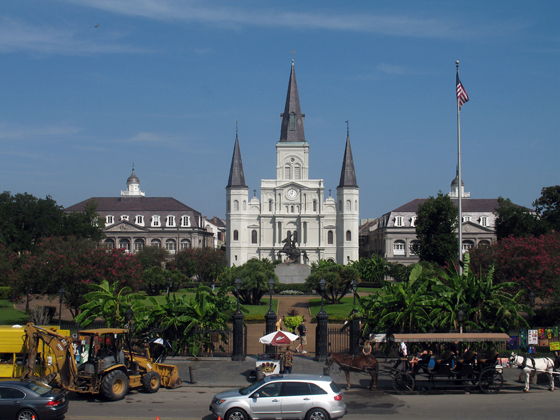
Toward the end of his career, Pablo Picasso lamented that he had stopped being creative and was merely “doing Picasso.” New Orleans has followed suit sometime in the past fifty years, becoming the image of the idea of itself. That doesn’t mean the jazz or the culture has disappeared, just that a simulacrum of itself has been interpolated into the French Quarter in such a way that a visitor can’t get a sense of the beast for all the taxidermy. I only had a morning to spend in the area due to nuptials elsewhere, but my perception was that there was a very livable area there, but what I saw did not inspire me to live there. I’ll need to go back and give the whole city a better look.
Continue reading ➞ Out-of-District Experience: New Orleans, Louisiana
